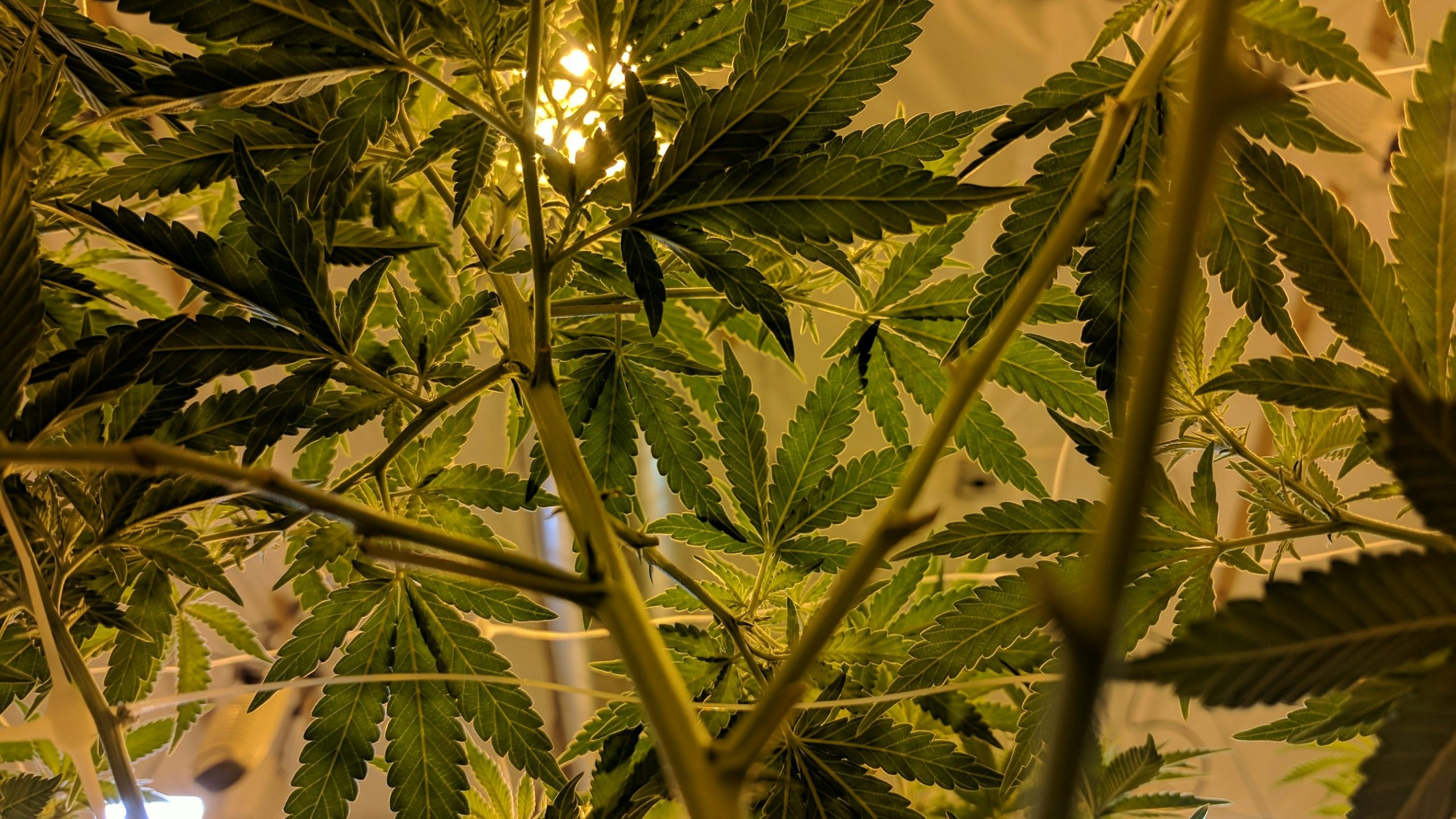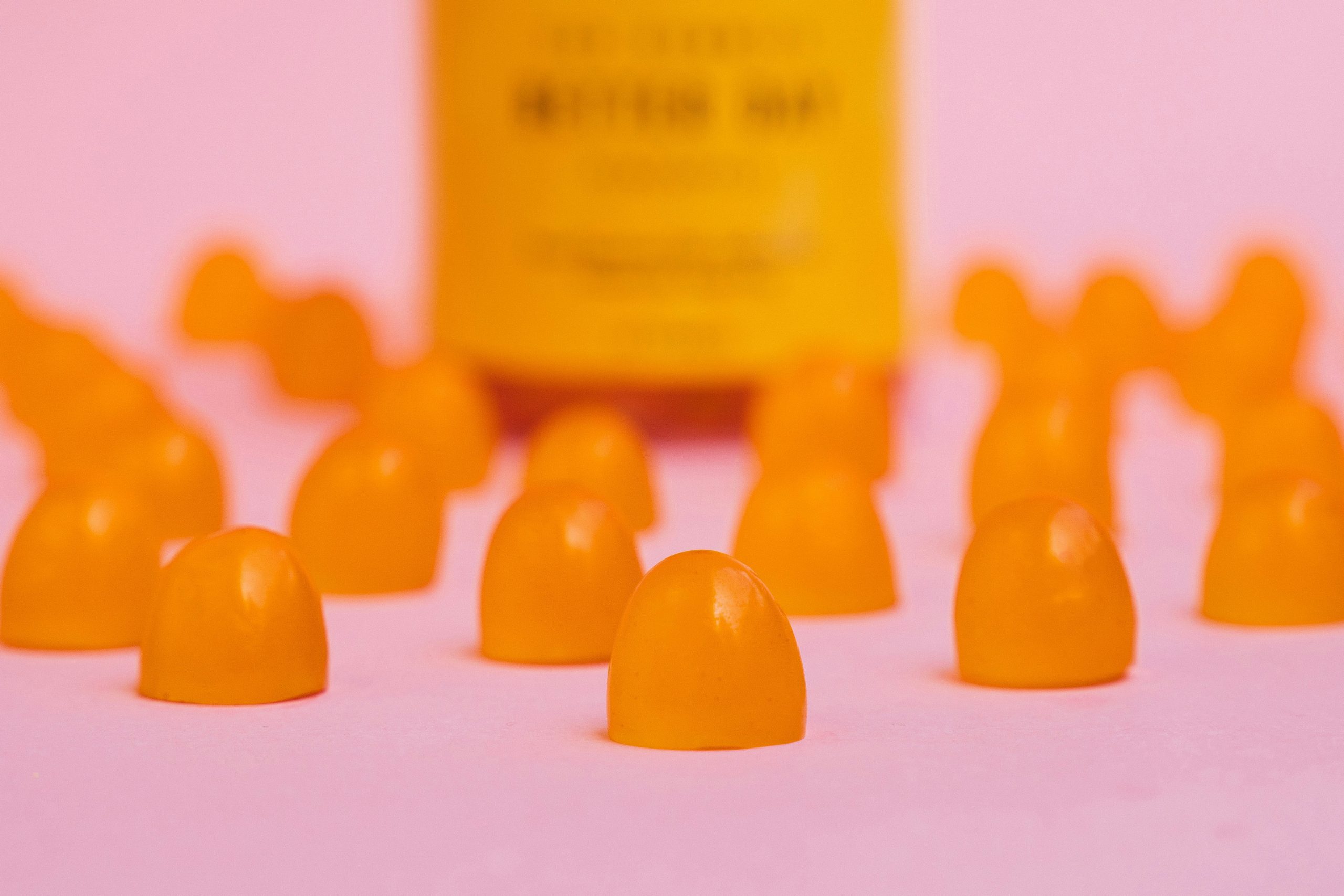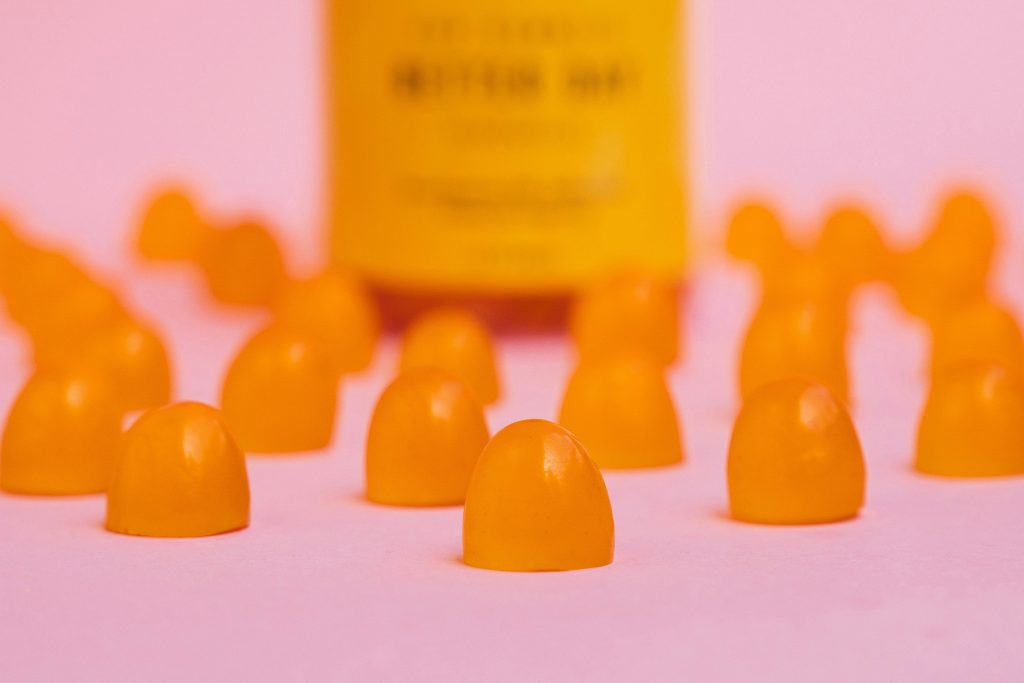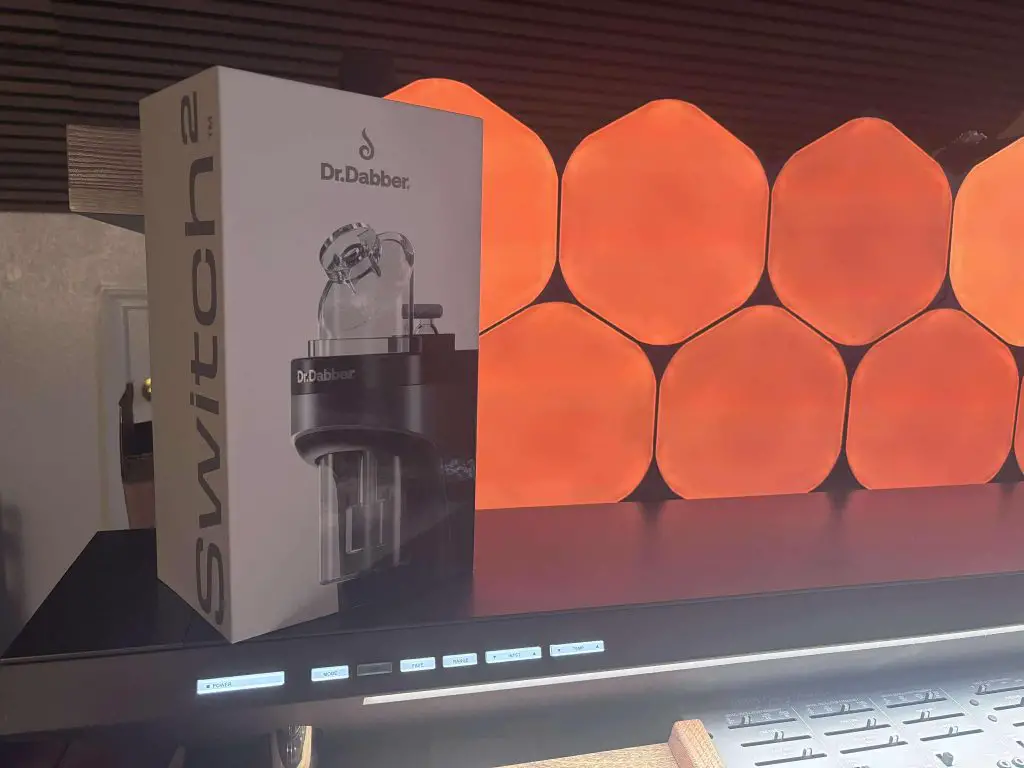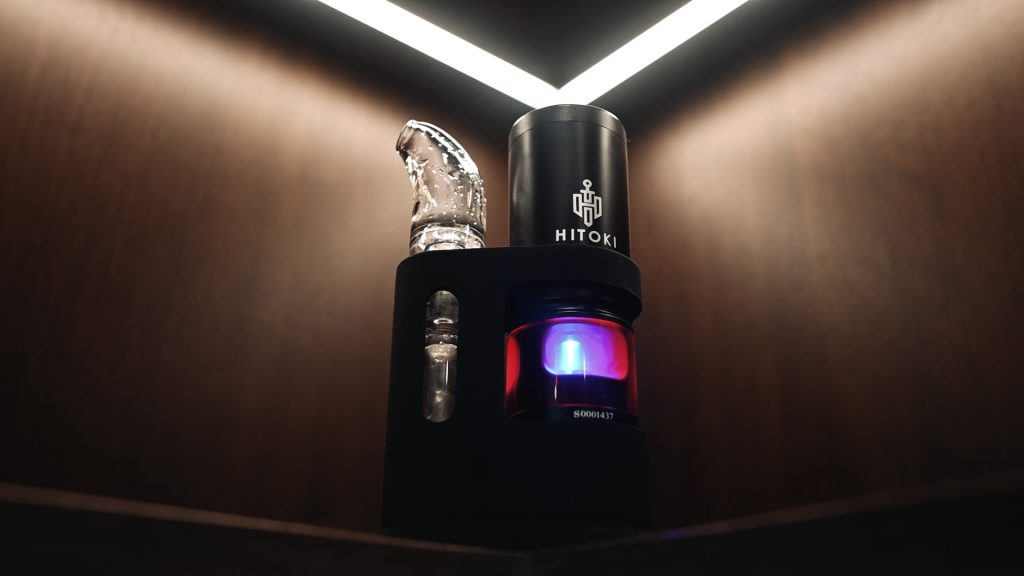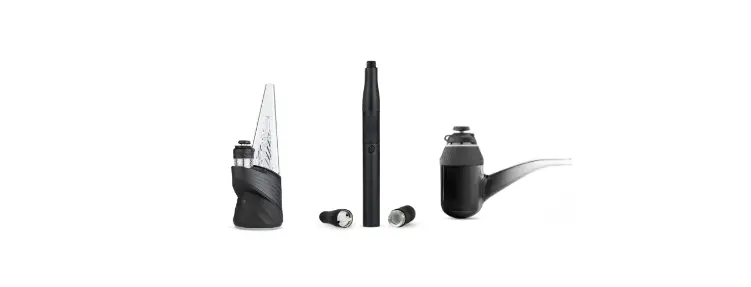Growing marijuana can be a rewarding experience, but it comes with its challenges. One of the most significant hurdles for growers is dealing with pests and diseases that can harm or even destroy a crop. Knowing how to prevent and treat these issues is crucial for maintaining healthy plants and ensuring a successful harvest. In this article, we’ll cover some of the most common pests and diseases that affect marijuana plants and provide practical tips on how to prevent and treat them.
Understanding Common Marijuana Pests
Spider Mites
Spider mites are tiny pests that can cause significant damage to marijuana plants. They typically live on the underside of leaves, sucking out the plant’s juices and leaving behind tiny yellow or white spots. If left untreated, spider mites can quickly multiply, leading to severe infestations that stunt growth and reduce yields.
Prevention and Treatment:
To prevent spider mites, maintain a clean growing environment with good air circulation. Regularly inspect your plants for signs of mites, especially on the underside of leaves. If you spot an infestation, isolate the affected plants immediately. You can treat spider mites with natural predators like ladybugs or use insecticidal soaps or neem oil sprays to kill them.
Aphids
Aphids are small, soft-bodied insects that feed on the sap of marijuana plants. They are often found in clusters of new growth and can cause leaves to curl, yellow, and drop prematurely. Aphids also secrete a sticky substance known as honeydew, which can lead to the growth of sooty mold. If you’re looking to learn how to grow marijuana, understanding how to prevent and manage issues is crucial for maintaining healthy plants and ensuring a successful harvest.
Prevention and Treatment:
To prevent aphids, introduce beneficial insects like ladybugs or lacewings into your garden, as they are natural predators of aphids. Regularly check your plants for aphid colonies, especially in the early stages of growth. If you find aphids, spray your plants with a mixture of water and mild soap or use neem oil to eliminate them.
Whiteflies
Whiteflies are tiny, winged insects that feed on the underside of marijuana leaves. Like aphids, they suck the sap from the plants, causing leaves to yellow and drop. They also produce honeydew, which can lead to secondary infections like sooty mold.
Prevention and Treatment:
Prevent whiteflies by keeping your growing area clean and using yellow sticky traps to catch them early. Regularly inspect the underside of leaves for signs of whiteflies. If you detect an infestation, use insecticidal soap, neem oil, or introduce beneficial insects like parasitic wasps to control the population.
Recognizing Common Marijuana Diseases
Powdery Mildew
Powdery mildew is a fungal disease that appears as white, powdery spots on the leaves and stems of marijuana plants. It thrives in warm, humid conditions and can spread rapidly if not controlled. Left untreated, powdery mildew can weaken plants and reduce yields.
Prevention and Treatment:
To prevent powdery mildew, maintain proper ventilation and avoid overcrowding your plants. Water your plants at the base rather than from above to keep the leaves dry. If powdery mildew appears, remove the affected leaves and treat the plant with a fungicide or a homemade solution of baking soda and water.
Root Rot
Root rot is a common disease that affects the roots of marijuana plants, often caused by overwatering or poor drainage. It is characterized by brown, mushy roots and wilting plants. Root rot can quickly kill a plant if not addressed.
Prevention and Treatment:
Prevent root rot by ensuring your plants have well-draining soil and are not overwatered. Use pots with drainage holes and avoid letting your plants sit in water. If you suspect root rot, remove the plant from its pot, trim away the affected roots, and repot it in fresh, dry soil. You can also treat the remaining roots with a hydrogen peroxide solution to kill any lingering pathogens.
Bud Rot
Bud rot, also known as gray mold, is a fungal disease that affects the dense buds of marijuana plants. It starts as a white or gray mold on the inside of the buds and can quickly spread, causing the buds to turn brown and rot. Bud rot is particularly common in outdoor grows where humidity levels are high.
Prevention and Treatment:
To prevent bud rot, ensure good air circulation around your plants, especially in the flowering stage when the buds are most vulnerable. Avoid overhead watering and prune your plants to allow more air to flow through the canopy. If you notice any signs of bud rot, immediately remove the affected buds and treat the remaining plants with a fungicide.
General Tips for Preventing Pests and Diseases
Maintain a Clean Growing Environment
Keeping your growing area clean is one of the most effective ways to prevent pests and diseases. Remove any dead leaves, debris, and old soil from your grow space, as these can harbor pests and pathogens. Regularly clean your tools and equipment to prevent the spread of contaminants.
Monitor Your Plants Regularly
Regular monitoring is key to catching problems early before they become severe. Inspect your plants daily for any signs of pests or disease, such as discolored leaves, spots, or unusual growth patterns. The sooner you catch an issue, the easier it will be to treat.
Use Preventative Treatments
Consider using preventative treatments like neem oil, insecticidal soap, or beneficial insects even before you see signs of pests. These treatments can help keep potential infestations at bay and protect your plants from disease.
Control the Environment
Many pests and diseases thrive in specific environmental conditions, such as high humidity or poor ventilation. By controlling the environment in your grow space, you can make it less hospitable to these threats. Ensure proper ventilation, maintain optimal humidity levels, and provide adequate light to keep your plants healthy.
Conclusion
Growing marijuana can be challenging, but by understanding how to prevent and treat common pests and diseases, you can keep your plants healthy and maximize your yield. Regular monitoring, maintaining a clean environment, and using preventative measures are all key to successful cultivation. With the right approach, you can protect your marijuana plants from harm and enjoy the fruits of your labor.
Hello from the Magnetic editorial desk.
